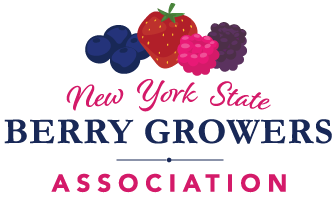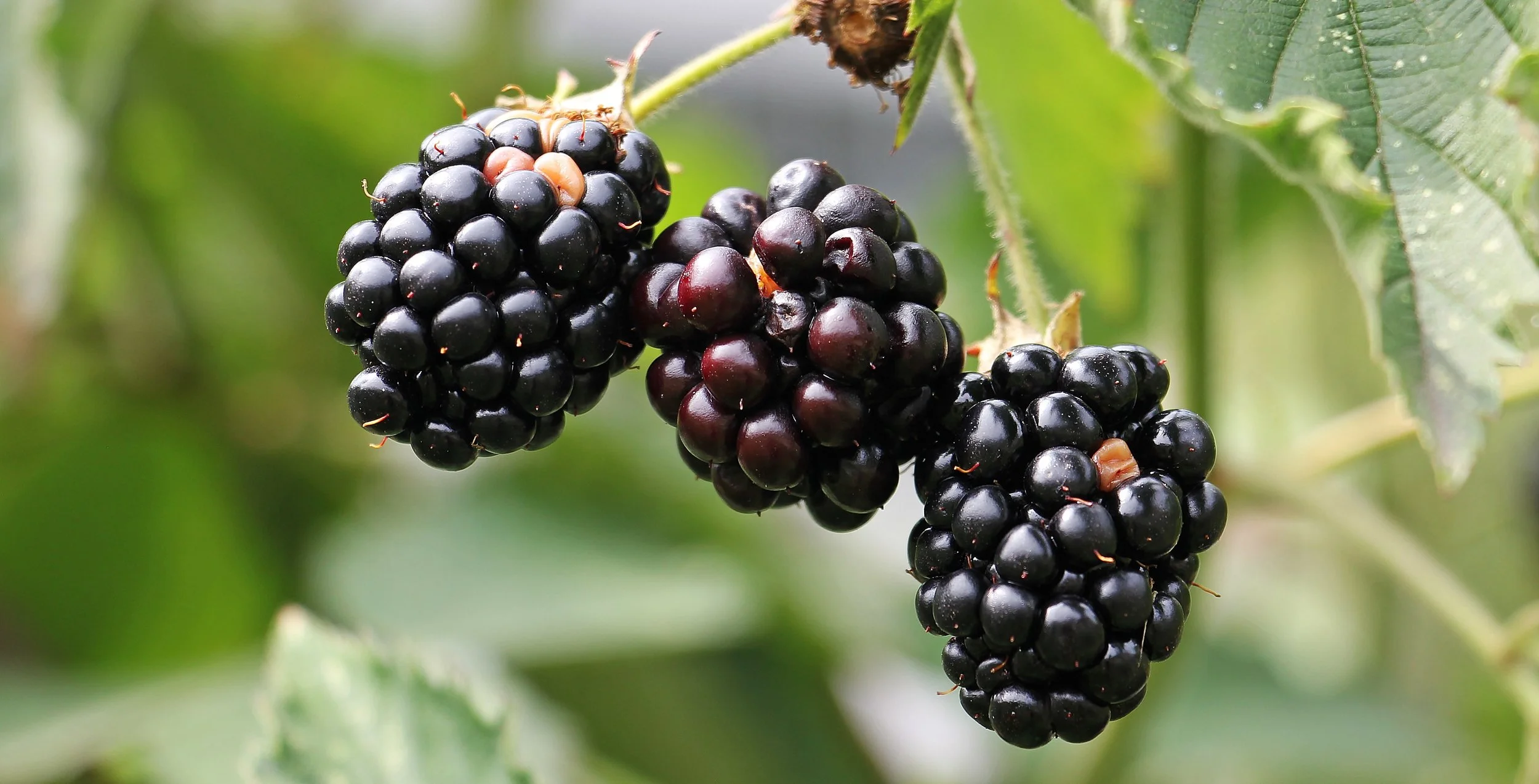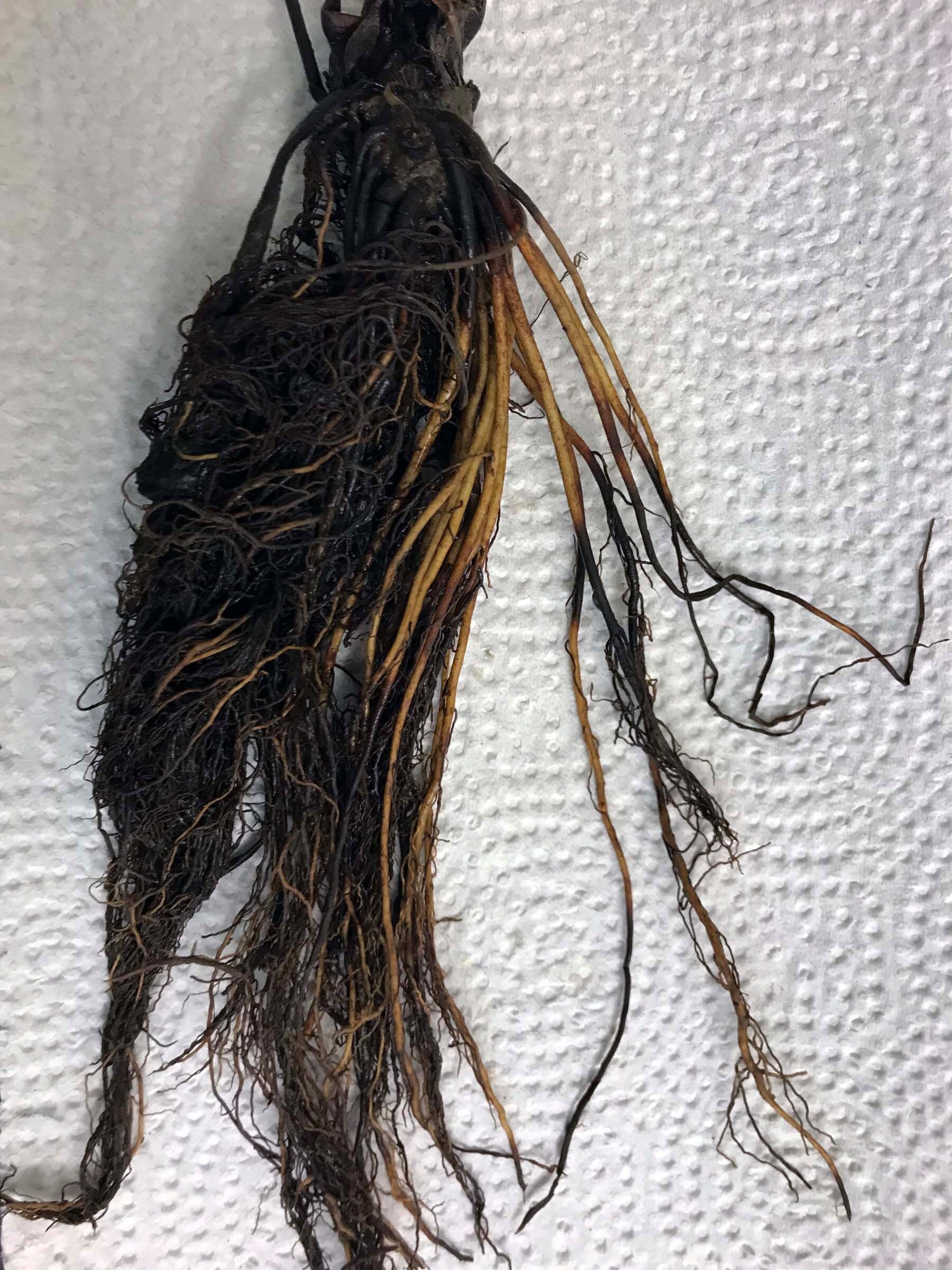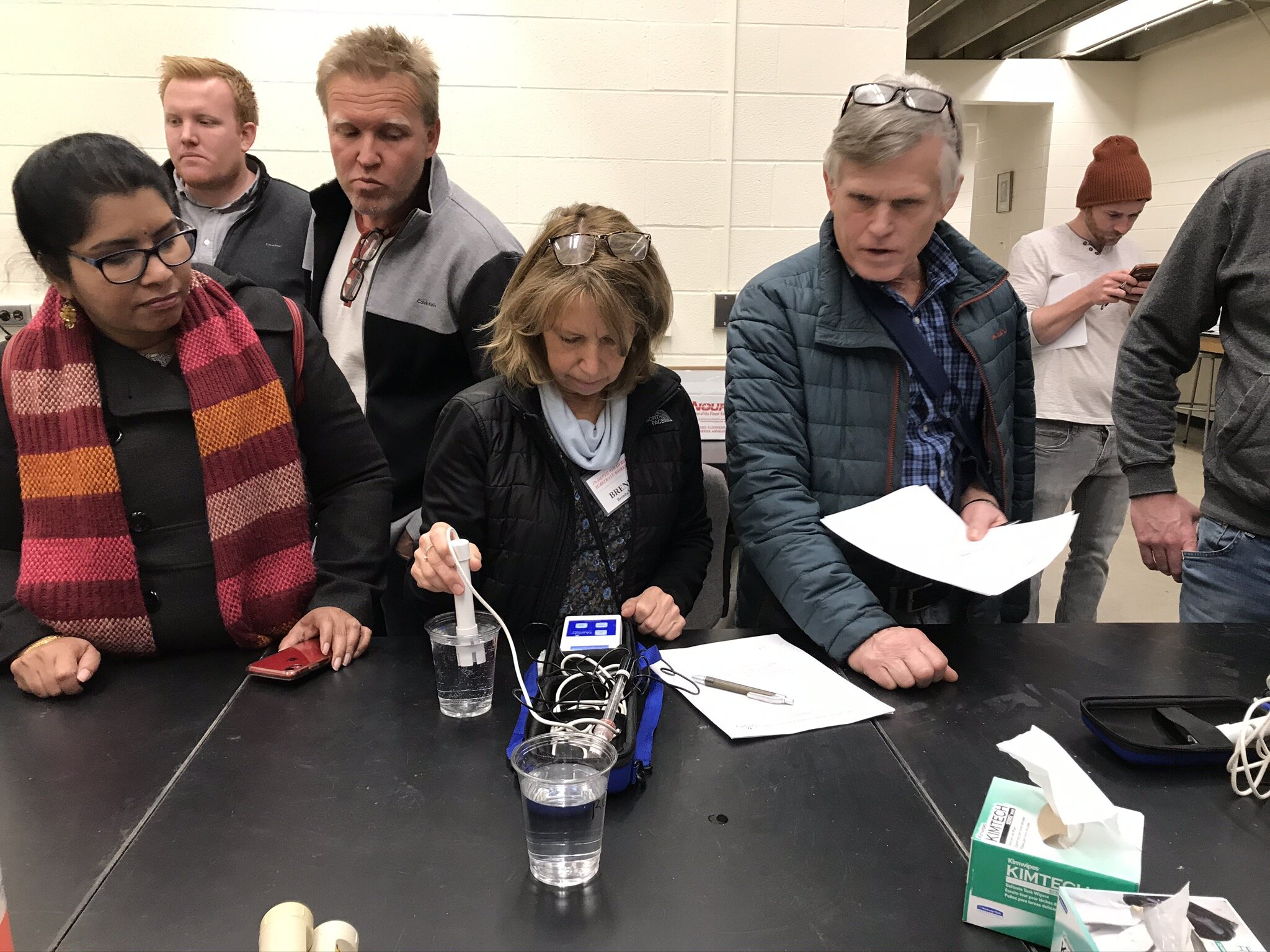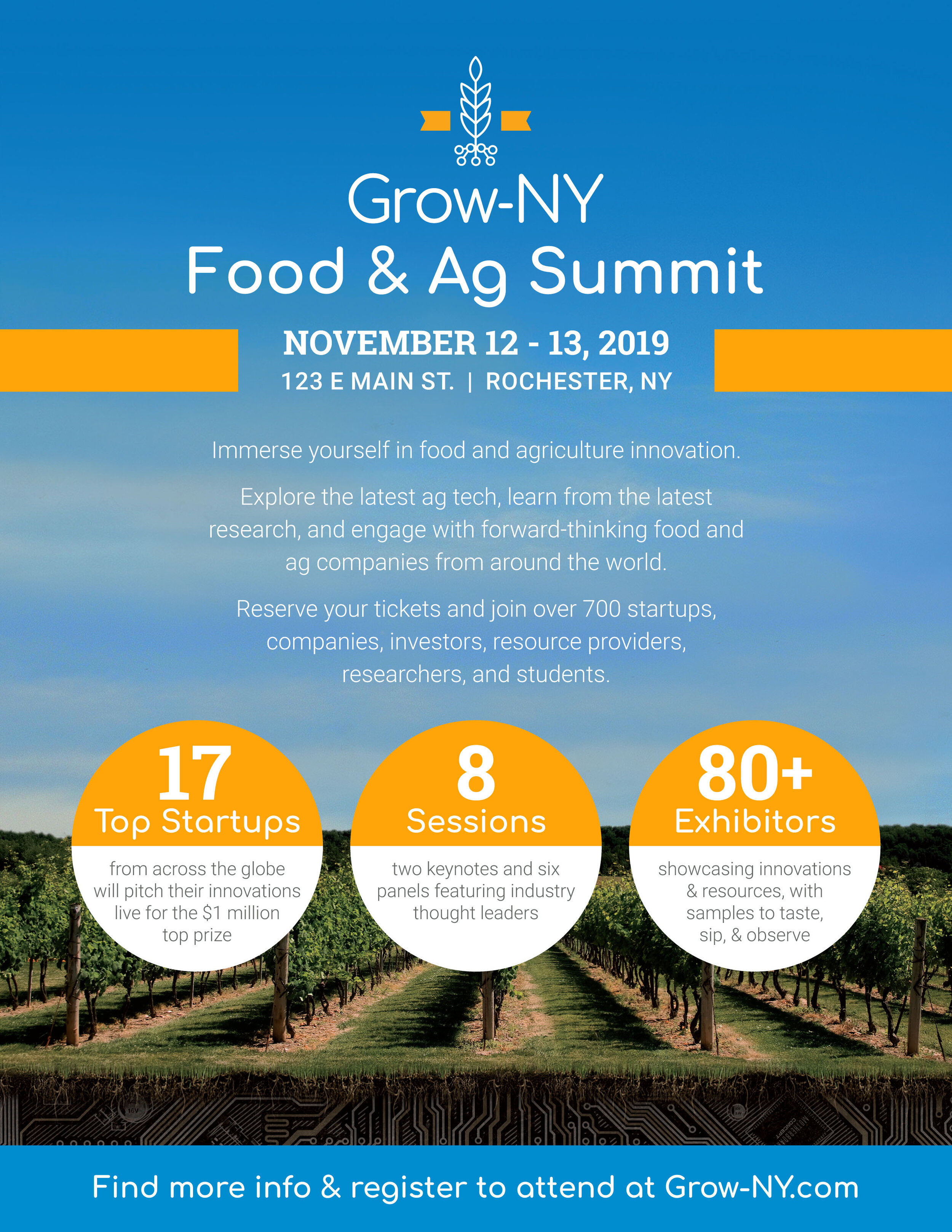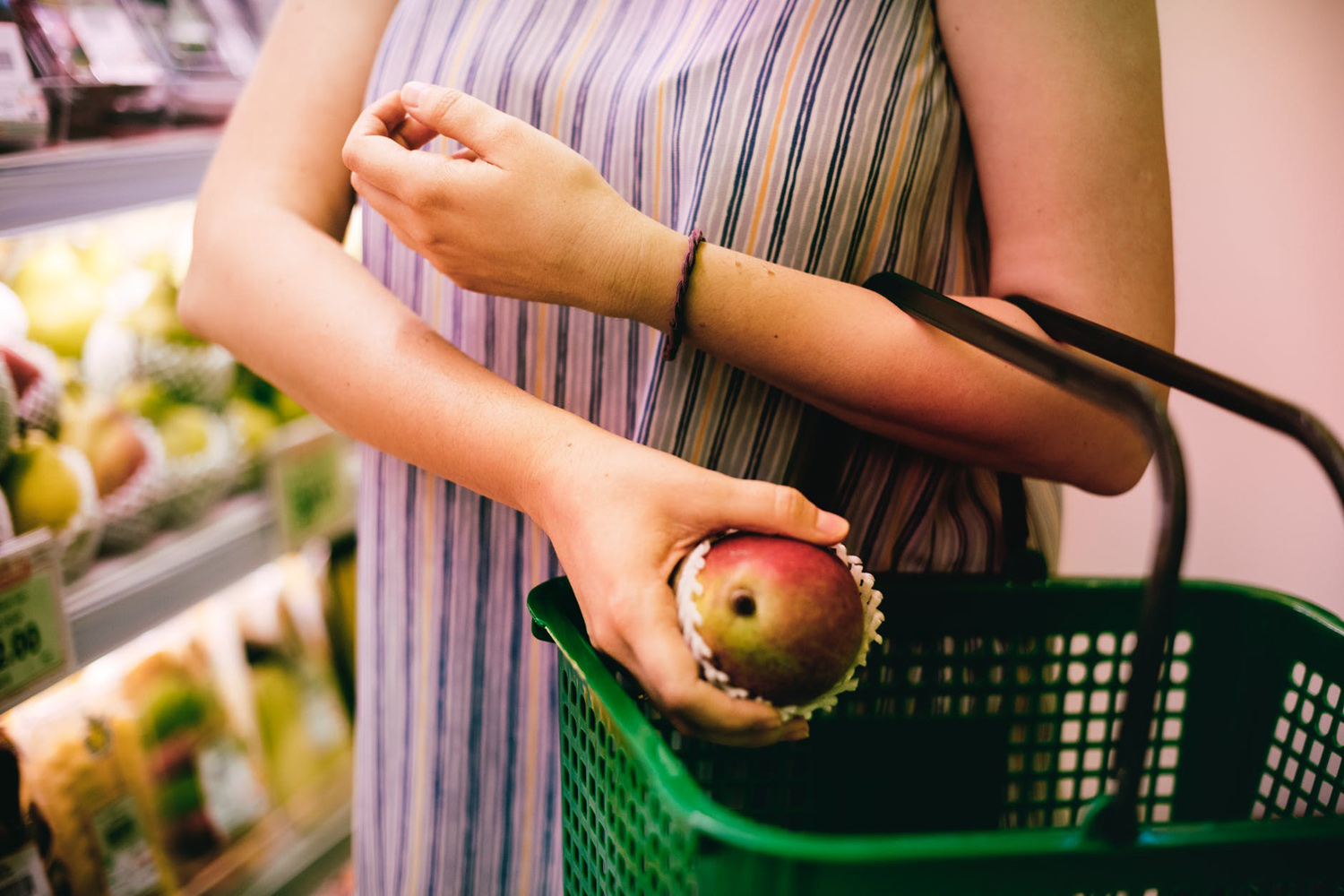This information comes courtesy of the New York Farm Bureau. Their website is being updated daily to keep you informed about the latest COVID-19 news that may affect you, your farm family, and employees.
• Click here for the latest information from New York State on COVID-19.
• Click here to view the latest news on the virus from the CDC.
New York Farm Bureau asks Governor to keep farms and agribusinesses open during COVID-19 outbreak
NYFB president David Fisher sent a letter today to Gov. Cuomo today asking the state to keep farms and agribusinesses open and fully staffed during the Corona Virus outbreak. In the letter he wrote, “…Despite the spread of the COVID-19 virus, cows need to be milked, livestock needs to be fed, seeds need to be planted, machinery has to be repaired and regulations mandating environmental compliance will need to be met in order for food to continue to be placed on store shelves. The state’s food security and livestock health depend on obtaining an exemption from mandatory workplace staff reductions or closures for businesses across the state.” To read the full letter, click here.
Contact your lawmakers over Mexico’s suspension of H-2A Visa Processing
Last night, March 16, 2020, it was announced that visa services would be suspended at Mexican Consulates and Embassies in response to COVID-19. This means that routine immigrant and nonimmigrant visa services will be temporarily stopped tomorrow, March 18, 2020 until further notice, which will affect the arrival of H-2A workers. A copy of the announcement can be found here. There are also wider implications for H-2A workers originating from other countries including Jamaica, South Africa, and Guatemala. The State Department has indicated that it will waive the in-person interview requirement for returning H-2A workers at the embassy, consulates in Mexico. NYFB hopes to have further guidance regarding visa processing for all countries in the coming days.
NYFB realizes the great concern that this creates for New York farms that depend on H-2A labor, and we have been in contact with federal agencies and congressional offices to express concern regarding this issue and the need for clear guidance for farmers as well as a pathway to ensure that H-2A workers can continue to enter the U.S. Yesterday, NYFB wrote a letter to the administration asking for flexibility for the continue processing of H-2A visa and the allowance of these individuals into the U.S.
NYFB encourages members who have concerns about H-2A worker visa approvals and the arrival of H-2A workers to reach out to their congressional members, so they are aware of the seriousness of the situation. Find your lawmakers’s e-mail addresses here. In addition, USDA has set-up an e-mail account where agricultural producers can contact them about critical labor concerns at aglabor@usda.gov.
Farmers can also find updates at www.farmers.gov/manage/H2A. Information regarding specific embassy visa processing can be found at each embassy website.
As this issue continues to develop and as further guidance is issued, NYFB will send out information to members. Click here to send a letter to your Congressional member regarding the importance of continuing to process H-2A applications.
DOL Postpones Binghamton Wage Board Hearing
According to a release by the New York State Dept. of Labor, the Wage Board hearing for farm laborers scheduled for Monday, March 23, 2020, at Binghamton University in Vestal, NY is postponed until further notice. A new date will be announced as soon as the hearing is rescheduled. Hearings are still scheduled for Long Island and Batavia. Updates on those hearings will be provided at a later date. Written comments may still be submitted to wageboard@labor.ny.gov
Cornell Program Offers Tips on Farm Protection During Pandemic
The Cornell Small Farms Program has offered suggestions on how farms can take care of themselves during the pandemic. Titled “Building Resilience in a Crisis,” it also provides an option for farmers to share ideas with the program to help get each other through these uncertain times. Here are some important reminders and suggestions:
Take care of your farm’s most important asset: you. Wash your hands more frequently and make sure you are getting adequate sleep. We need our strength these days.
Don’t think social distancing means social isolation. We are being asked to practice social distancing to slow the spread of the virus, but we have many ways to keep and grow our connections with each other. Call someone. Stay connected to those around you. Ask for help. Offer help. We are in this together.
Reach out to farmers and community members around you that you know are having challenges. Now is the time to strengthen the fabric of our own communities by increasing our social connections. Pick up the phone and call them. It is that simple.
Release stress. In times of stress, it helps to take a pause and slow down. Do what works for you, such as:
Laugh, pray, dance, meditate, chat with friends.
Practice tactical breathing. Inhale, count to five, and then exhale slowly to help clear your head and steady your hands.
Intensify or expand your production plans, where you can. In the face of possible shifts in our global food system, eating locally will be an important strategy to respond to potential disruptions.
Bring extra farm products to food banks, or work with gleaning organizations. We have always had people in need in our communities, but this pandemic could make things worse for those most vulnerable. As a producer, you have the ability to help ease some of that suffering.
Revisit your farm’s food safety plan, especially the health and personal hygiene plan. Keep yourself and your employees in good health.
Make a plan for running your farm if you, your family or employees get sick. Consider the scenarios of 10, 50 or 75% of farm labor out sick for 2 weeks and try to be realistic. Involve the whole farm team in this conversation. Reach out to neighbors or other farm friends who might be able to help. Here are some questions to consider:
To read the full post, click here.
NYS Issues SLA Guidance on Alcohol and Food Service Ban
Effective Monday, March 16, 2020 at 8 p.m. all licensed on-premise establishments must cease on-premise sales of alcoholic beverages and/or food. All licensed manufacturers with on-premise privileges must cease on-premise sales of alcoholic beverages and/or food as well. However, a licensed manufacturer may continue all manufacturing operations. This is effective until April 15, 2020 but may be extended or reduced depending on the circumstances.
To aid in prevention of the spread of the Coronavirus and assist businesses impacted by the current state of emergency, the Governor has ordered the State Liquor Authority (SLA) to promulgate guidance on new off-premises privileges for licensed businesses with on-premises privileges. Any licensed business found to be operating in violation of the Governor’s order restricting on-premises sales of alcoholic beverages shall face a monetary penalty (retail maximum of $10,000/manufacturer maximum of $100,000), and/or suspension, cancellation, or revocation of its license. Click here for guidance and Q&A.
